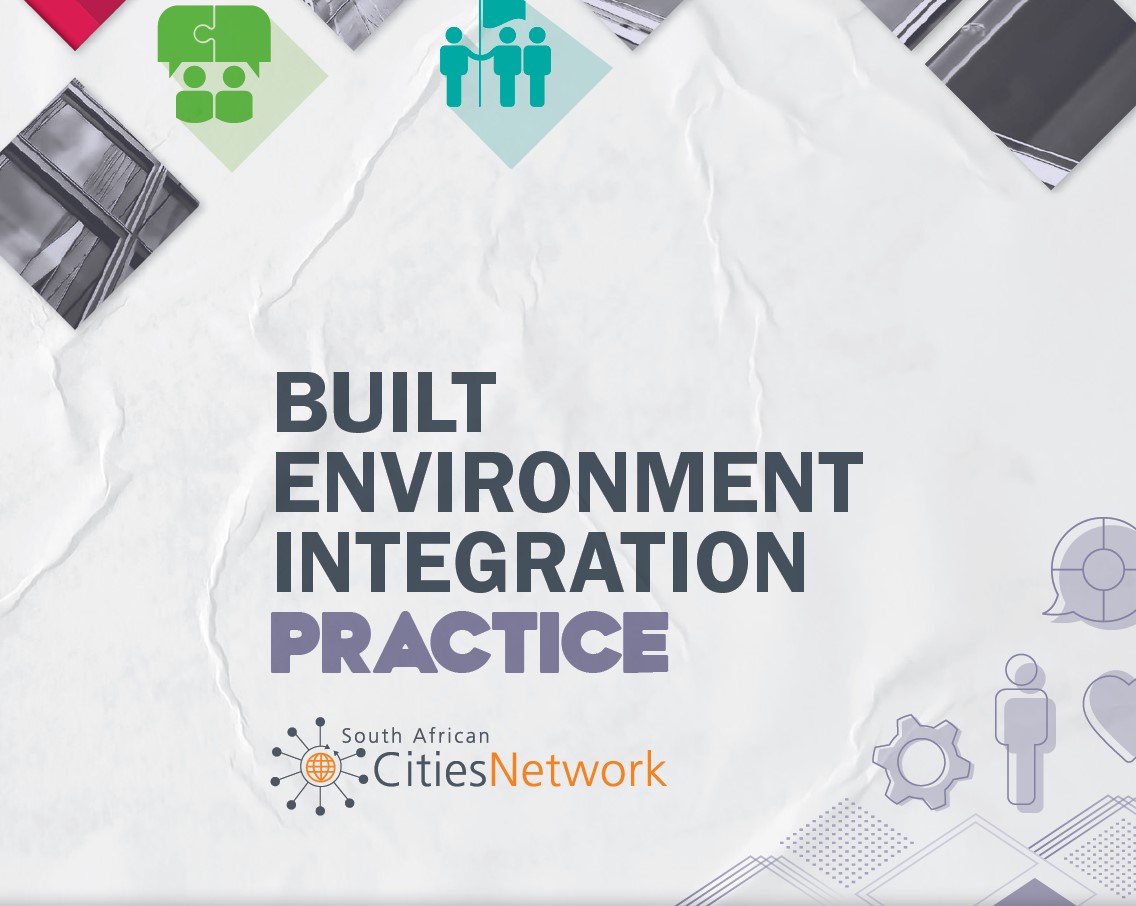Built Environment Integration Practice Report

Since 2017, a group of practitioners involved in spatial transformation and built environment integration have met regularly to discuss and agree on issues that require further research, and enquire about the reality of built environment integration. This Built Environment Integration Task Team (BEITT) agreed that it would be useful to understand, based on actual case studies, what enhances – and what detracts from – spatial transformation and integration.
The work was conceptualised by practitioners, and the research comprised a set of dialogue interviews with city practitioners involved in projects requiring built environment integration, with the aim of reflecting back to the system some common threads and emerging issues. Members of the BEITT nominated case studies from their cities that are projects in implementation phase requiring different city departments and government spheres, the private sector and civil society to work together. Interviews were conducted with several practitioners involved in the project, and a site visit was undertaken.
The responses were assessed using a framework developed by the research team, based on their experience and insights from the National Treasury’s City Support Programme’s transversal management project. After piloting (and adjusting) the framework, the final guiding questions were used in the dialogue interviews. The case studies were synthesised to present insights into unique lessons and to identify systemic issues. This work provides insights into the practical implementation experience and practitioner accounts of their involvement in these projects. In an ideal world, developmental local government would mean that decisions taken to maximise organisational performance would result in wider social and economic value, generating the intended developmental outcomes.
However, there is a growing divide between “organisational value” – focused on achieving scorecards and clean audits, with senior administrators and politicians aiming for expenditure targets – and intended “societal value” – focused on building social capital, increasing community wellbeing and expanding access to economic and social prosperity. What resulted from the interviews and the case studies were a set of insights (see “What’s going on?”) and some emerging lessons for built environment integration.


Comments